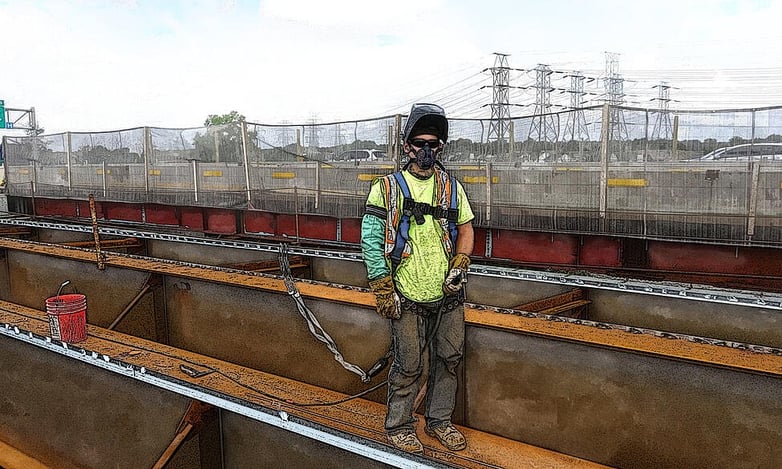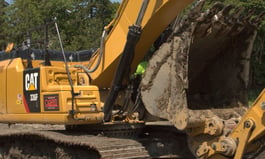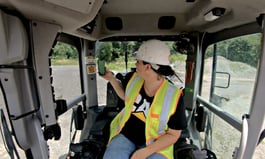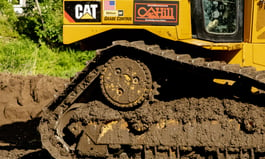The Skinny on Haunches

Planning to build any bridges this year? We have your solution to ensure excellence in the field- a brand spanking new module in aQuiRe© from a true master of measurement. With aQuiRe© your employees have access to the new Haunches training video, the subject matter expert walks you through the most simple and clear explanation on the market for measuring haunch depth.
Complex Subject Matter Made Simple
Bridge and road construction is ex-pen-sive. Lots of thought goes into it, and lots of things can go wrong. One of those items to carefully monitor are your haunches. The purpose of the haunch is to provide a means for final adjustment of the deck slab elevation to match the designed roadway profile and cross slope. As any experienced bridge builder knows, the haunch is the area between the top of a bridge girder and the bottom of the concrete deck. Haunch geometry can be influenced by a variety of factors. A primary function of the haunch is to maintain a uniform deck thickness. Haunches are often needed to account for camber and cross-slope.
Skew and Weight
Due to unusual geometric situations or design, the overall constructibility and equipment needed must be carefully considered in the field. Factors such as the skew of the bridge, geometry, dead-load of non-cured concrete, dead-load of finishing equipment and how this affects haunch depth are at the top of the list. All of these factors play a part in the successful construction of the bridge deck...and it doesn't take much to throw off the balance. Engineers know all about it, supervisors certainly plan for the execution of it but how much does your carpentry or pour crew really know?
This module covers:
Transferring grade to facia → Setting saddles and rails → Machine set-up for straight and skewed decks → Checking haunches for final approval. Get aQuiRe© now and keep your trades people in the know!



